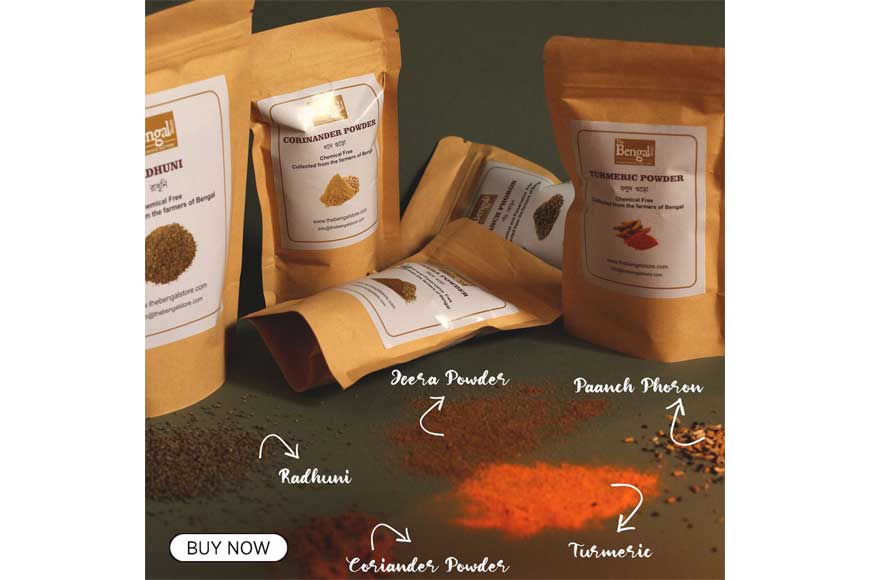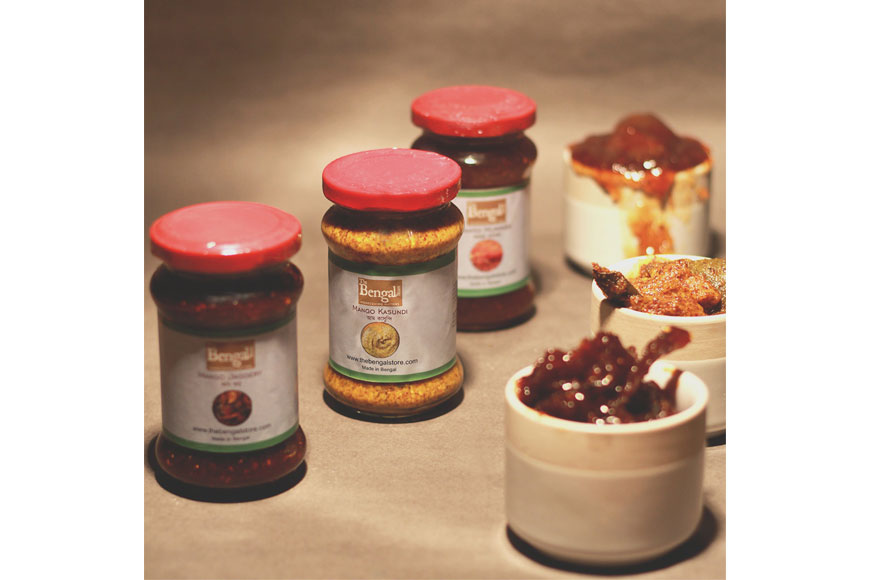The famous Nabagopal Mitra’s gymnasium where Swami Vivekananda practiced martial arts
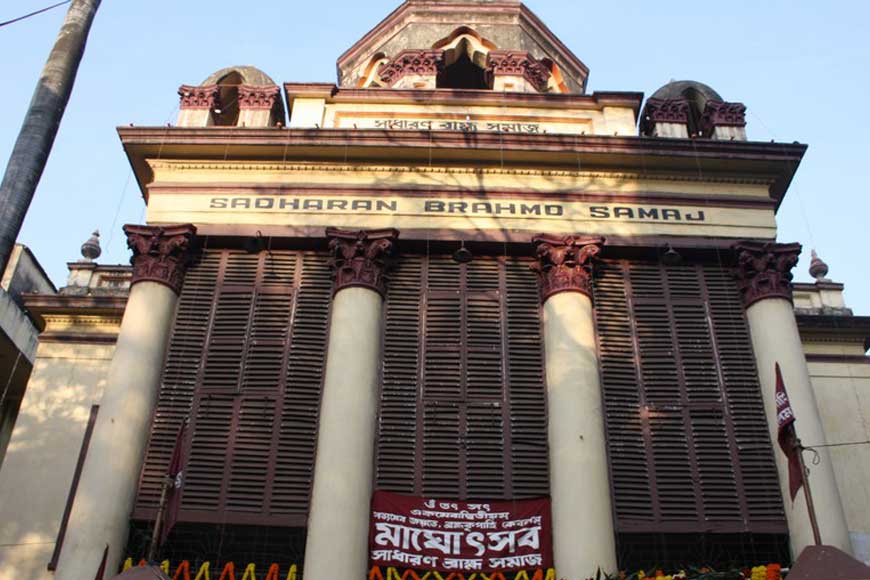
O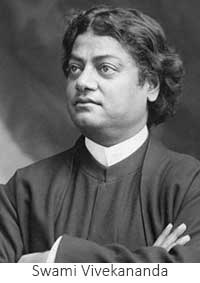 ne might be interested to know what existed on the plot where the famous temple of Sadharon Brahmo Samaj was built and is still there. Swami Vivenkananda’s brother, Mahendranath had mentioned that around 1867-1870, there was a pond owned by the Ghosh family of Than-Thane at that spot. He distinctly remembered how he and other invited guests of the Ghosh family would frequent the bank of the pond to wash and clean their hands after a sumptuous meal at the Ghosh residence. After the pond was filled up and transformed into a field, Nabagopal Mitra opened his gymnastics center on this ground. And it was here that Narendranath Dutta who later became Swami Vivekananda practiced bar balancing games.
ne might be interested to know what existed on the plot where the famous temple of Sadharon Brahmo Samaj was built and is still there. Swami Vivenkananda’s brother, Mahendranath had mentioned that around 1867-1870, there was a pond owned by the Ghosh family of Than-Thane at that spot. He distinctly remembered how he and other invited guests of the Ghosh family would frequent the bank of the pond to wash and clean their hands after a sumptuous meal at the Ghosh residence. After the pond was filled up and transformed into a field, Nabagopal Mitra opened his gymnastics center on this ground. And it was here that Narendranath Dutta who later became Swami Vivekananda practiced bar balancing games.
Not just the British, even rich Bengali zamindars and landlords contributed to uplifting the medical facilities of Kolkata. Take for example Shyama Charan Laha who lived in this very area and donated Rs 65,000 to Medical College for the construction of an eye hospital in 1891.
There is further proof of Nabagopal Mitra’s gymnasium that existed at the spot where the temple was being constructed. On February 15, 1879, a large procession was taken out from here to participate in the Hindu Fair held at Raja Badanchand’s Tala Garden. Vernacular description of the procession goes thus, “At 9.30 in the morning, a colourful procession emerged from 211, Cornwallis Street and moved towards Tala Garden, the site where the Hindu Mela was being held. The participants carried flags and festoons and sang the national song as they moved. People crowded the roadsides to get a glimpse of the parade. Thousands of men and women peeped from their windows as the men marched past on the road.” This incident took place after the foundation stone of the Sadharon Brahmo Samaj temple was already laid on 211, Cornwallis Street, on January 23, 1879.
Nabagopal Mitra’s gymnasium that existed at the spot where the temple was being constructed. On February 15, 1879, a large procession was taken out from here to participate in the Hindu Fair held at Raja Badanchand’s Tala Garden.
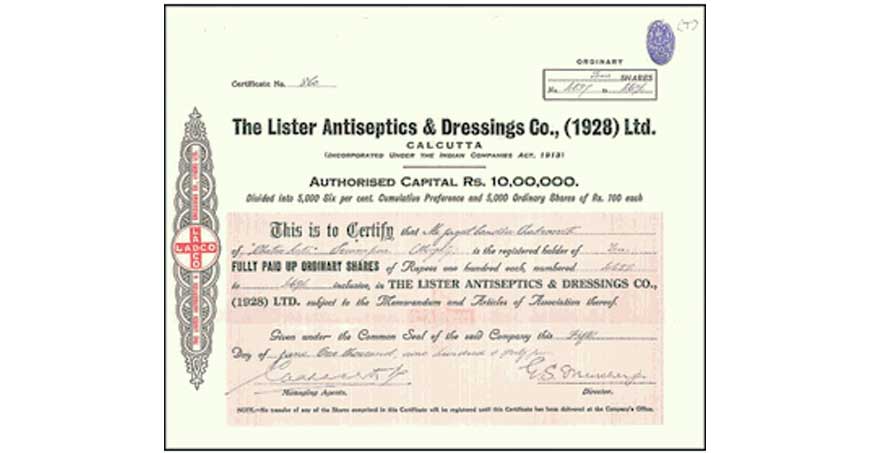
Just beside this was House No. 212 that belonged to famous surgeon Mrigendralal Mitra. Mitra tried his hands in business and floated Lister Antiseptic & Dressing Co. Ltd but his venture failed miserably and he went bankrupt. He had to sell his house to settle his dues. He moved to House No. 10, New Park Street, where he breathed his last. Mrigendralal Mitra hailed from Baharampur and he had come to Calcutta to join as Professor of Surgery in Campbell Medical School. This area of North Kolkata had once been the hub of several well-known physicians including Sir Nilratan Sarkar, Prankrishna Acharya and Nalini Ranjan Sengupta.
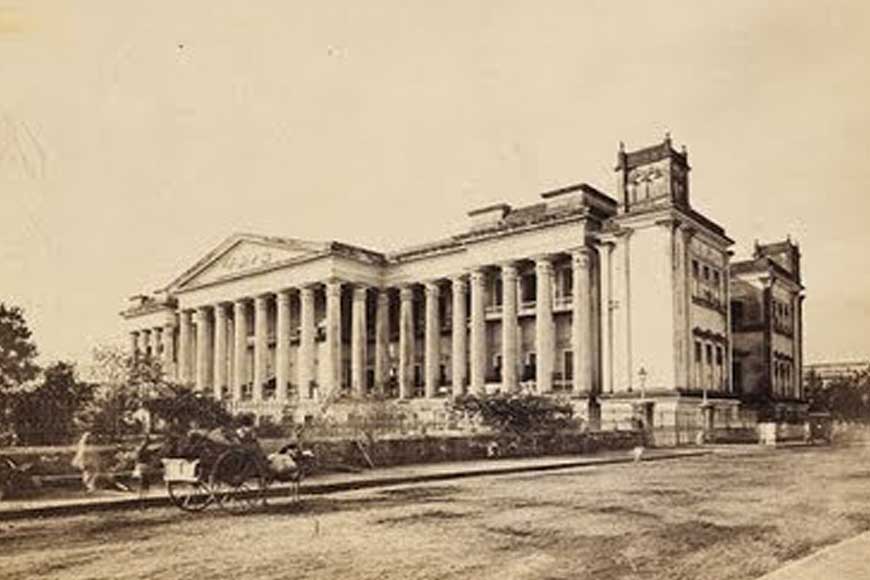 Calcutta Medical College
Calcutta Medical College
Not just the British, even rich Bengali zamindars and landlords contributed to uplifting the medical facilities of Kolkata. Take for example Shyama Charan Laha who lived in this very area and donated Rs 65,000 to Medical College for the construction of an eye hospital in 1891. This was the former building that was abandoned later, and a new hospital building was built in 1926 and since then, outdoor departments dealing with ENT, pulmonary, skin and dental patients have been providing service. Thus Cornwallis Street turned into a famous milestone in the medical history of Kolkata.
(To be continued)








